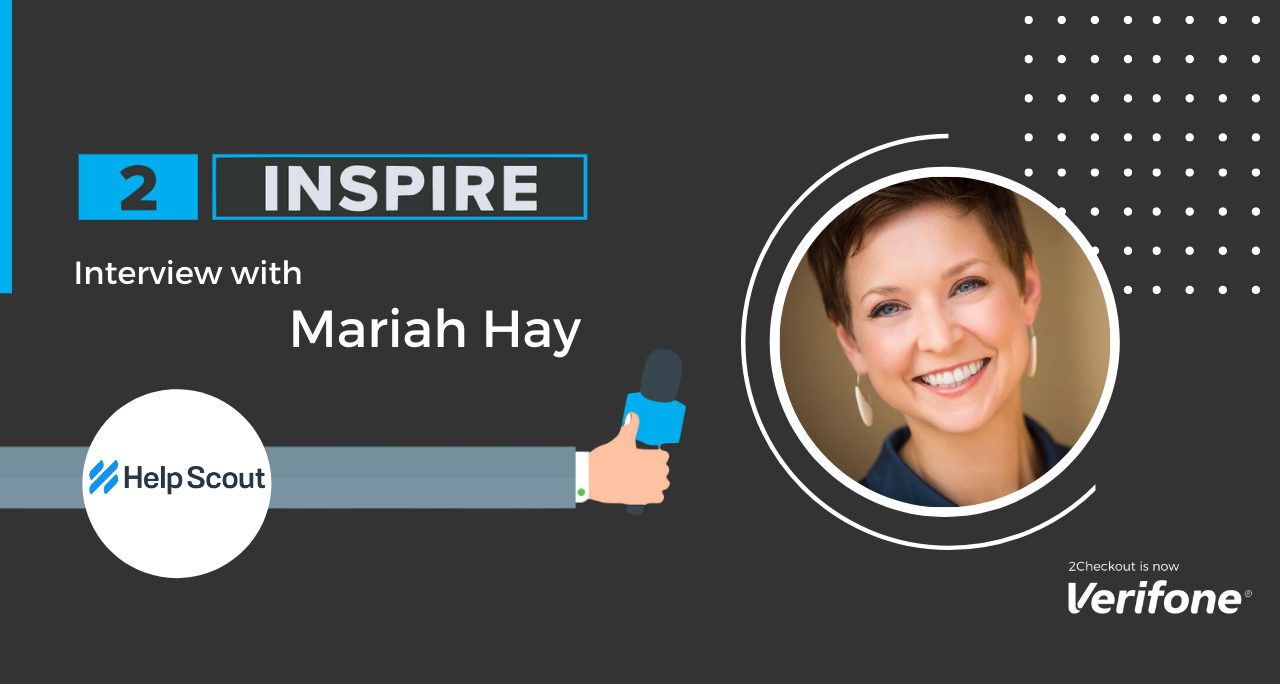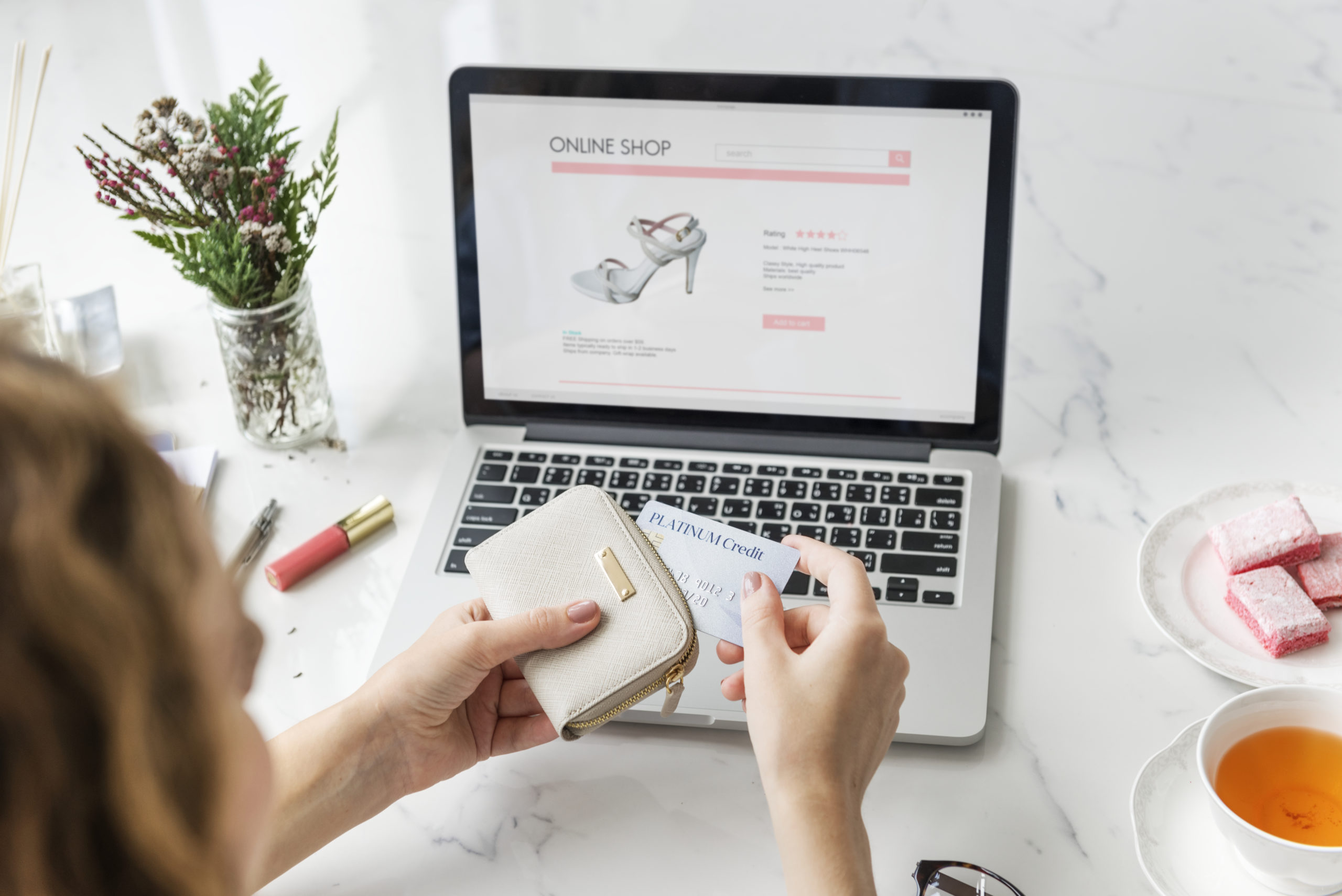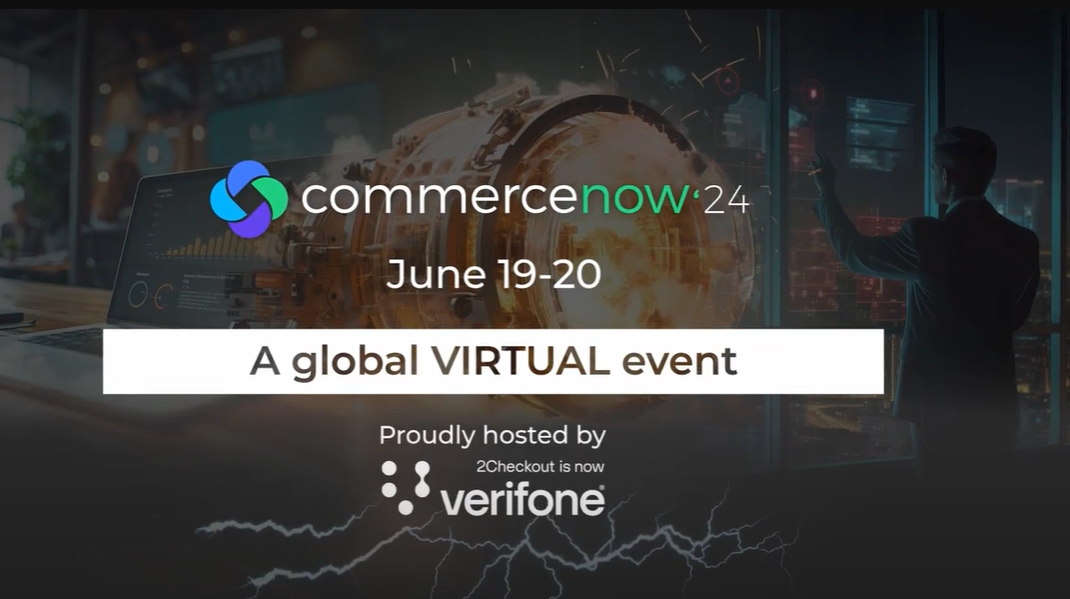2Inspire brings the most forward-thinking minds in SaaS and eCommerce to share their bright ideas, proven strategies, and trusted resources, and this red-hot episode is no exception.
We’ve had a wonderful time chatting with Mariah Hay, Chief Experience Officer at Help Scout. As a product leader and champion of human-centered design, Mariah guides her work by putting the user at the center of every business decision. Although she has experience in physical product design, her core expertise lies in digital products, which, according to her, are more exciting due to the fast iterations that can be made on them. Previously SVP, Head of Services at Pluralsight, Mariah is well-versed in cross-functional team management and directing business through product design excellence. So, you can expect an abundance of actionable insights from her.
Without spoiling it too much, here’s a sneak peek into today’s episode: we start by exploring the building blocks of a digital product, what makes it different from a physical product, and some pitfalls to avoid during its execution. Then, we’ll move to the other side of the spectrum, getting into the ins and outs of growing a digital product and making it sustainable. Finally, the interview draws to a close with some insights on cross-functional team collaboration and UX trends. Ready to dive in?
Check out the full interview below:
Interview Excerpts:
Q1: How did you pivot from designing physical products to digital products? (00:15)
“The shift from physical to digital products came from my base skill set, which is human-centered design. One of the things that I loved in my Industrial Design degree was how to understand humans and their environment in the context of the problem that they’re trying to solve, and then how do you create a product to solve it. You can use that skill set for understanding a physical solution. For example, I need to sit in front of a desk all day long, and I need a chair that allows me to do that. You understand those things, and you can design a desk chair. The same kind of principles can be applied to digital development applications. For example, Uber: I need to find a cab quickly. You can do the same kind of research to come up with what this app needs to do for a customer for a good product-market fit to occur.”
Q2: Could you share more about your current role as a Chief Experience Officer? (01:19)
“Chief Experience Officer is a role you are starting to see more and more, particularly within software companies. This role generally oversees all of the functions needed to build, create and sustain the software product. As a Chief Experience Officer, my goal is to be able to be the executive that not only oversees those functions, but strategically works with your Chief Marketing Officer, Chief Finance Officer, your Head of Sales. And it’s easier if you have one person that is over what we refer to as our ‘experience org,’ which is our combination of Engineering, Product Management and Product Design.”
Q3: What do you like most about designing digital products? (02:11)
“My favorite thing about designing digital products compared to physical products is the ability to rapidly iterate, try new things, and deploy solutions to millions of users with the push of a button. It’s not quite as fast with physical products where you have to really get the design right the first time because if you don’t, then you’ve got thousands of products sitting on the shelves that you can’t really iterate with. Once you design them all and get them manufactured and distributed, you’re kind of stuck with what you’ve got, until maybe a year later.
You can change software dozens of times a day, if you really want to be able to create an impact for your customer base. And I find that to be very exciting.”
Q4: What are the product principles that guide your work? (03:01)
“The product principles that guide my work are all the principles of human-centered design – really putting your customer at the center of making all your decisions. If you can really understand a person and the problem that they’re trying to solve, it makes it a lot easier to create an excellent solution, particularly in software where you have multiple disciplines at the table – you’ve got your engineers, your product managers, your product designers. And if they can all rally around this problem that they’re hearing from the customer, then they can each bring their creative brain to the table to be able to solve it in a rapidly iterative way.”
Q5: What are some pitfalls to avoid when building a digital product? (03:57)
“Some of the pitfalls that I try to avoid with our teams when we build digital products is encouraging teams to not scope something out in one large chunk, but ask ‘What’s the first small piece of value that we can deliver to a customer?’ and then ‘What’s the next small piece of value we can deliver?’. So it’s almost treating your product like building blocks and with each thing you ship, you can really understand the impact for the customer, the adoption, the retention. If you can watch those indicators and even the behavior of how a customer interacts with your platform, you can quickly see early on whether something is working or not, to make it more flexible and iterative.”
Q6: How do you obtain valuable customer insights that can inform your product strategy? (04:54)
“There are a couple of different ways to obtain customer insights. In a company that’s already established, like HelpScout, we already have customers, so it’s easy to understand customer behavior in our platform. We also get data that comes in through our customer support teams, where people are having problems, or they might be asking for things. And similarly, we get data input from our sales team. They’re going out and they’re trying to sell our product, and they’re hearing back from potential customers what works and is a good fit and what’s not a great fit from them. We can take all of that data and relate it to where we’re trying to go in the market in terms of our user base and select problems that we want to explore more and potentially create additional solutions in our software to solve.”
Q7: What are your go-to strategies for driving product retention and minimizing churn? (05:48)
“Getting really clear on what the customer value propositions are within the product and making sure each of those are performing as we want them to for the market of customers that we’re going after. And so, if you’re clear on that, it can really help guide your strategy when you’re seeing something that is not quite a good fit. It’s a great area to invest in, to add a team to, maybe to add an additional couple of engineers or do additional research. It really helps you spot-check, but if you don’t have a clear understanding of what that customer journey is within your product, it can be very difficult to make those decisions.”
Q8: What growth lever have you found most challenging and how have you overcome those challenges? (06:38)
“I think that the hardest thing is to find the right combinations of features within the product, or even additional products that companion with their current one, to be able to address a new Total Addressable Market. For example, you see a lot of software companies, they can get a lot of traction in B2C, and then maybe they want to start moving into B2B. As you move from one market into another, you have to be very deliberate around new features that you need to develop for those folks. And so, getting really clear on those things, and being able to build to that as a growth strategy for a company is really important for being able to move upmarket.”
Q9: How do you ensure that cross-functional product teams collaborate effectively? (07:35)
“Cross-functional team collaboration really starts with trust – creating a psychologically safe environment where teams can be candid and honest with each other, can explore concepts, have the time and space to be able to think and iterate, and do so without somebody watching the clock and saying ‘Where’s my feature?’ It’s important to ship features, of course, but it’s more important to be clear and share the company goals with the team.
The more people feel like they’re safe, and they can bring their best selves to work to solve problems, and they can trust each other as teammates, the better work they do, the faster work they typically do, and the better the product that they ship to customers.”
Q10: What’s your best advice for first-time UX designers? (08:50)
“My biggest piece of advice for first-time UX designers is to inform their design library. Look at other people’s designs, understand other products, understand common design patterns. Most UX design is not actually designing net new patterns, but it is taking established interaction patterns and reappropriating them into creating value in a new product.”
Q11: What is an online tool you rely on and can recommend? (09:26)
“In my current role, I spend a whole lot of time on both Slack and Zoom, which I think are excellent products. Most recently I joined an industry organization called Chief, and their app is awesome. Chief is a community where you have access to content, meetups, presentations, and social groups where you get together and talk about the problems you’re trying to face.”
Q12: Who are some inspirational people you look up to and why? (10:10)
“There are so many folks out there to look up to within our field. I feel lucky because I feel like the pool has grown a lot, as tech companies have grown over the last decade. I have a few personal heroes. There were two professors when I was at Savannah College of Art and Design. One is named Robert Fee, and another one is Jon Kolko. Bob’s retired now from SCAD, but he was a great designer who inspired me around human-centered design and how you can apply it to more than physical product design. Jon Kolko was similar.
And then there are a host of amazing people that I’ve worked with throughout the years and that continue to inspire me.”
Q13: What is the best advice you’ve ever received? (11:15)
“I think the best advice I’ve ever received is that listening is a superpower. When you are an individual, contributor, designer, product manager, or engineer, listening to your customers, listening to your team members, really hearing and understanding to inform your point of view is very important.
As you become a leader, that shifts and you’re listening to the people that report to you, you’re listening to your teams, you’re listening to the market, you’re listening to your colleagues. I find myself often telling myself not to just talk, but also listen to others to inform my opinion to make sure that I’m hearing others.”
Q14: What are some key user experience trends? (12:03)
“I feel like non-screen interactions like interactive voice response – how do we use Siri, or Alexa, how do we use our smart audio interactive platforms to be able to empower people to accomplish tasks? I think that’s going to become more and more important.
I know everybody’s still very screen-based, but I think that that is a whole brave new world out there. Exploring modalities other than touching screen – interactive voice response and movement – are probably areas that don’t get paid attention to enough and probably are very important platforms for the future.”
Stay in the Know!
We hope that this new 2Inspire installment brought you yet another wealth of knowledge and tips to apply to your online business. Until our next episode, we warmly recommend that you check what other women in SaaS had to share during our previous 2Inspire interviews:
- 2Inspire Series – Interview with Jane Portman, Co-Founder of Userlist
- 2Inspire Series – Interview with Kristina Quinones, Director of Growth Marketing at Automattic
- 2Inspire Series – Interview with Tamara Grominsky, Chief Strategy Officer at Unbounce





